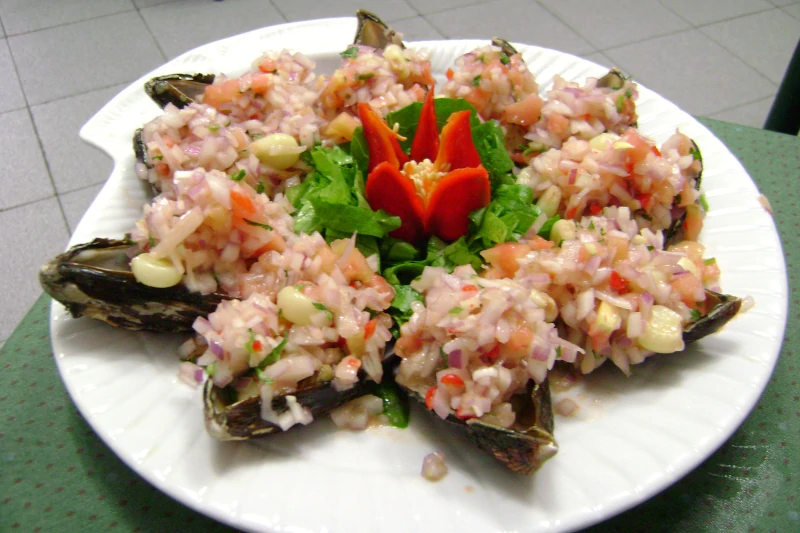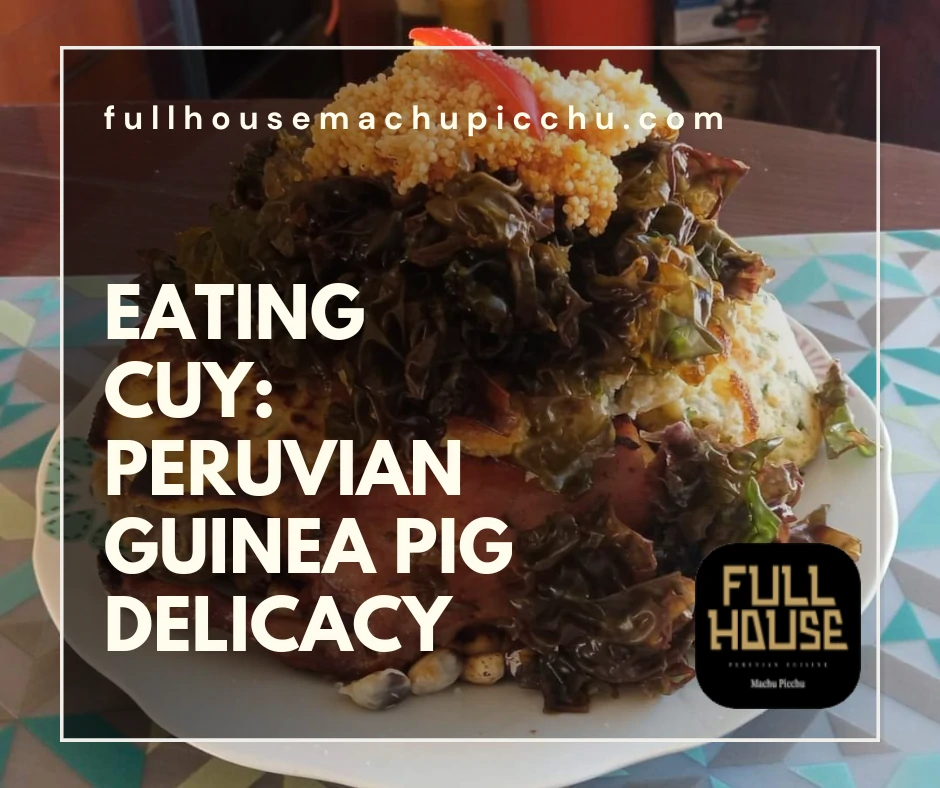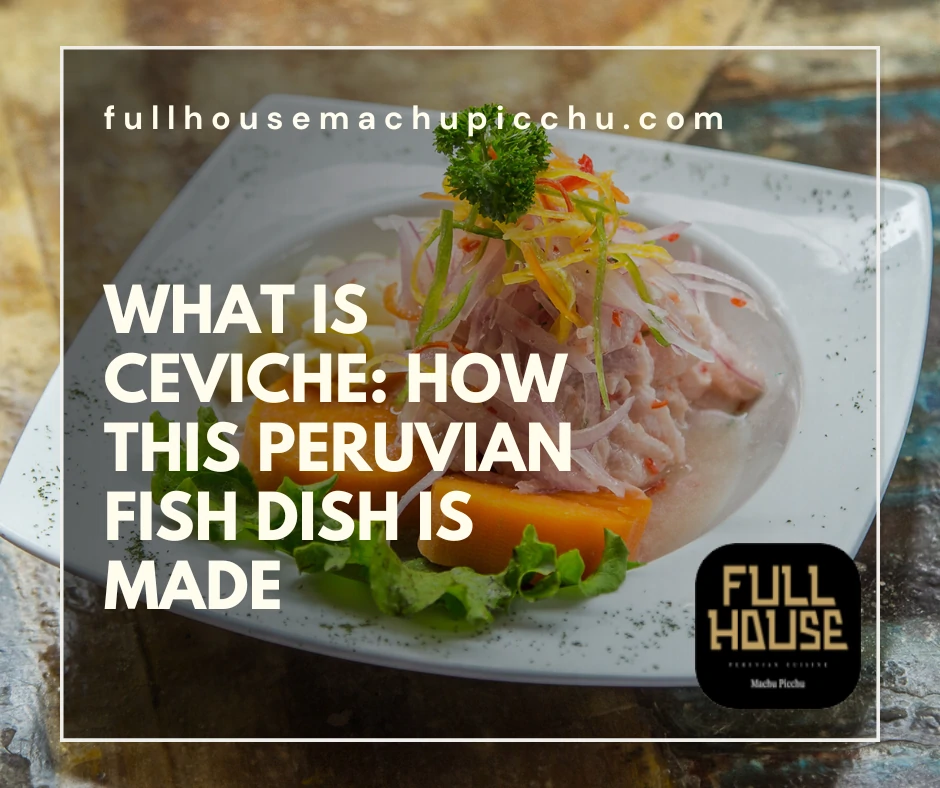Peruvian cuisine has been making waves in the gastronomic world for years, earning a reputation as one of the most diverse and exquisite culinary traditions on the planet. But what exactly is it that makes Peruvian cuisine so special? In this article, we will delve into the history, cultural influences, and unique ingredients that have led to the creation of a culinary landscape that has captured the hearts and taste buds of food enthusiasts worldwide.
From the coastal flavors of ceviche to the hearty Andean staples of quinoa and potatoes, Peru’s rich and varied gastronomic offerings have earned it a well-deserved place at the forefront of global cuisine. Join us as we explore the flavors, techniques, and traditions that have solidified Peru’s status as a gastronomic powerhouse.
A melting pot of cultural influences: The role of history in shaping Peruvian cuisine
Peru’s title as the home of the “best cuisine” is no accident. Its rich history has played a pivotal role in shaping its culinary landscape. The diverse cultural influences in Peru can be traced back centuries, beginning with the ancient Inca civilization. The Incas laid the foundation for Peru’s agricultural wealth, cultivating staples like potatoes, quinoa, and corn.
When the Spanish arrived in the 16th century, they introduced new ingredients and cooking techniques. This fusion of Spanish and indigenous traditions began to shape the “best cuisine” we know today. European ingredients like garlic, onions, and wheat blended seamlessly with local produce, enriching the culinary tapestry.
African slaves, brought by the Spanish, contributed to Peru’s gastronomy as well. Their influence is still evident in dishes like anticuchos, a popular street food featuring marinated beef heart skewers. The combination of European, African, and native culinary elements further solidified Peru’s position as the “best cuisine.”
The 19th century saw an influx of Chinese and Japanese immigrants, adding another layer of complexity to Peruvian cuisine. This Asian influence is most prominent in dishes like lomo saltado, a stir-fried beef dish with Chinese origins, and tiradito, a Peruvian take on Japanese sashimi.
Each of these cultural influences has played a role in creating the unique flavors and techniques that define Peruvian cuisine. The result is a rich and varied gastronomic landscape that has captured the hearts and taste buds of food enthusiasts worldwide.
The title of “best cuisine” is well deserved by Peru. The diverse cultural influences and rich history have given birth to a culinary tradition that is unmatched in its complexity and depth of flavor. It is this melting pot of history and culture that makes Peru’s gastronomy so special and unique.
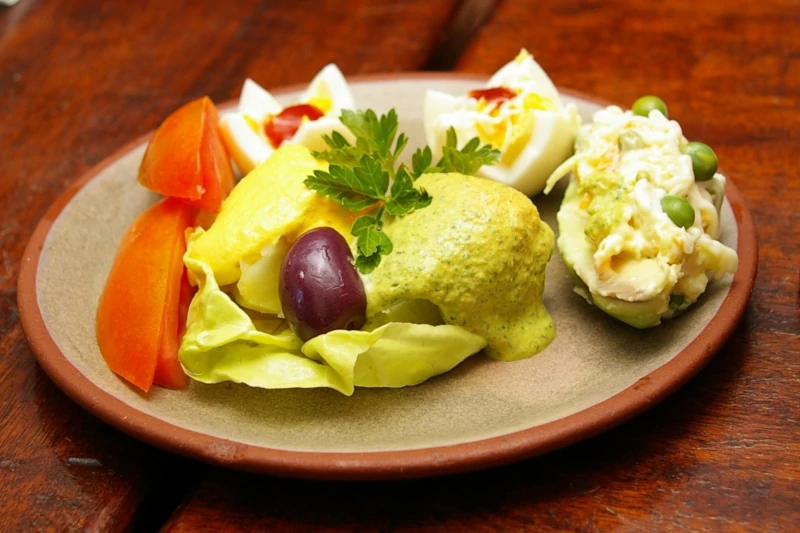
Nature’s bounty: The diverse and unique ingredients of Peru’s gastronomic landscape
Peru’s title as the “best cuisine” is also deeply rooted in its diverse and unique ingredients. The country’s varied geography, which includes coastal regions, highlands, and the Amazon rainforest, has blessed it with an abundance of natural resources. This rich environment allows for the cultivation of a wide range of ingredients, contributing to the “best cuisine” reputation.
Peruvian cuisine is known for its diverse use of potatoes. With over 3,000 varieties, the country’s culinary landscape is rich in potato-based dishes. The potato is a true staple and an embodiment of Peru’s gastronomic prowess.
Quinoa, another essential ingredient, is native to the Andean region. This highly nutritious grain has gained popularity worldwide, thanks to its numerous health benefits and versatility. It’s no wonder it plays a significant role in Peru’s “best cuisine.”
Spicy food lovers will appreciate the use of aji peppers in Peruvian dishes. These flavorful peppers come in various colors and heat levels, adding a spicy kick to dishes like ceviche and ají de gallina. Aji peppers are indispensable to Peruvian cuisine and a testament to its bold flavors.
Peruvian corn, known for its large, colorful kernels, is another highlight. It is used in a variety of dishes, from savory tamales to sweet desserts like mazamorra morada, a purple corn pudding. This versatile ingredient enhances the gastronomic experience.
Fruits from the Amazon, such as camu camu, lucuma, and aguaje, are also unique to Peru. Their distinct flavors and nutritional benefits contribute to the vibrancy of the country’s culinary creations.
The diverse and unique ingredients of Peru’s gastronomic landscape play a vital role in earning its “best cuisine” title. From potatoes and quinoa to aji peppers and Peruvian corn, these natural resources have shaped a cuisine that is a true celebration of nature’s bounty.
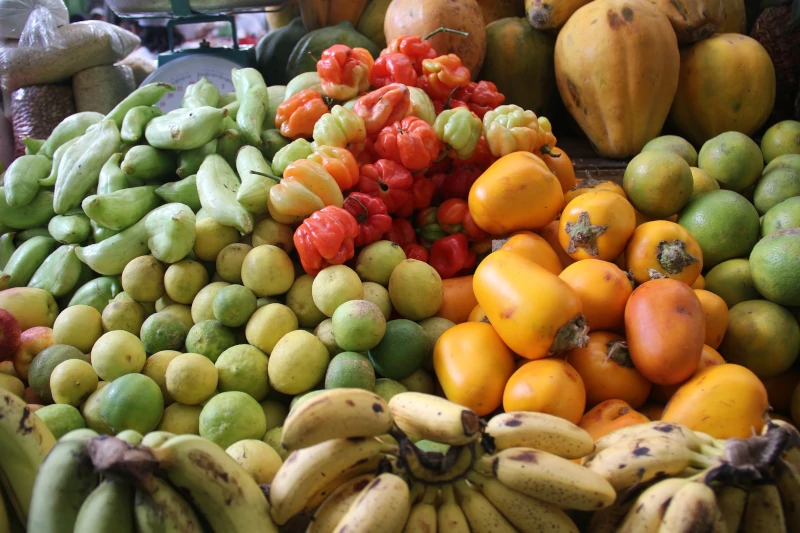
Culinary techniques and traditions: How Peruvian chefs have mastered the art of flavor fusion
The title of “best cuisine” would be incomplete without mentioning the skills of Peruvian chefs. They have expertly combined ingredients and culinary techniques from various cultures to create flavor fusions that delight the palate.
Traditional Peruvian cooking methods include open fire grilling and underground earthen ovens known as pachamancas. These techniques create a unique smoky flavor, contributing to the “best cuisine” reputation. Modern Peruvian chefs have preserved these traditions while also incorporating new techniques from around the world.
Peruvian chefs have embraced the Japanese concept of umami, the fifth taste, which refers to a savory and satisfying flavor. By incorporating umami into their dishes, chefs have elevated Peruvian cuisine, showcasing its complexity and depth.
Ceviche, a staple of Peruvian cuisine, illustrates the mastery of flavor fusion. Chefs combine raw fish with citrus juices, aji peppers, and onions to create a harmonious blend of flavors that has become synonymous with Peru’s “best cuisine.”
Another example is lomo saltado, a fusion of Chinese and Peruvian flavors. This stir-fried beef dish combines soy sauce, tomatoes, and aji peppers, reflecting the harmony between different culinary traditions.
Nikkei cuisine, a blend of Peruvian and Japanese flavors, showcases the creativity of Peruvian chefs. They have seamlessly combined Japanese techniques like sashimi with Peruvian ingredients such as aji peppers and yuzu, creating innovative dishes that continue to impress.
Peruvian chefs have also been at the forefront of sustainable cooking, promoting the use of native ingredients and local produce. This approach has contributed to a more environmentally friendly and responsible culinary scene, reinforcing the “best cuisine” label.
The culinary techniques and traditions of Peruvian chefs have played a significant role in defining the country’s cuisine status. Their ability to blend flavors from diverse cultures has resulted in a gastronomic experience that is truly unparalleled.
